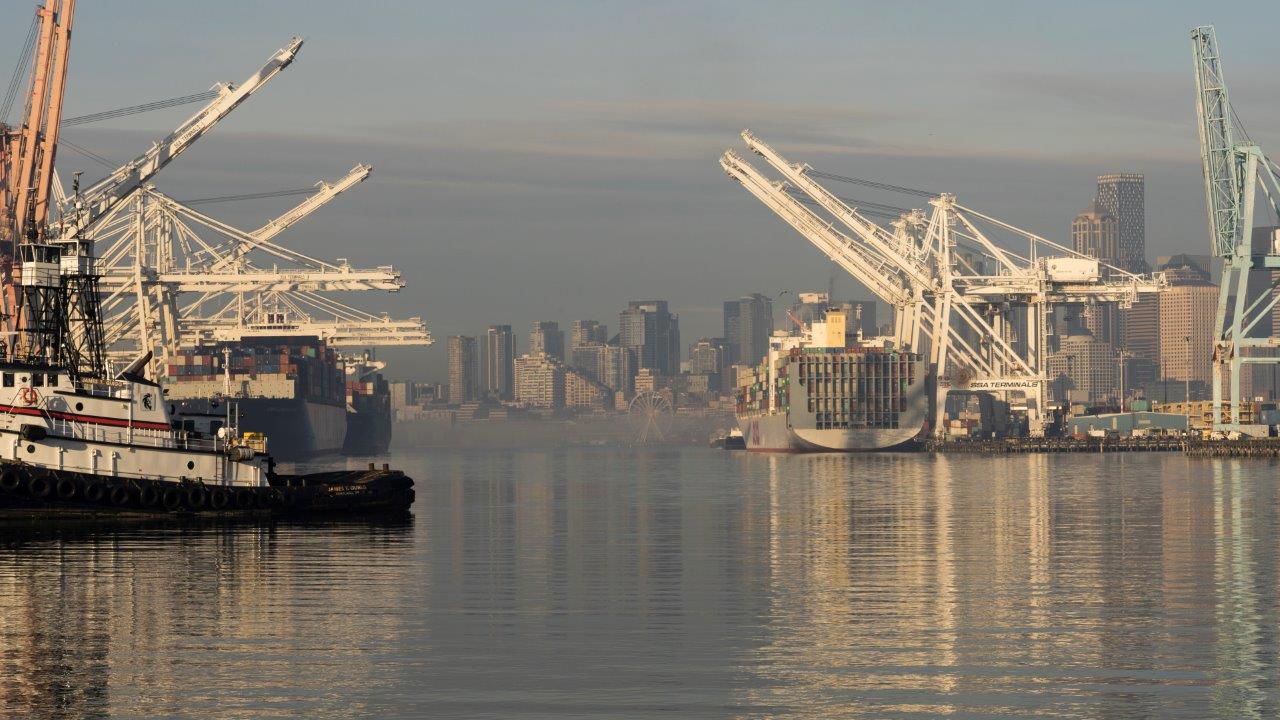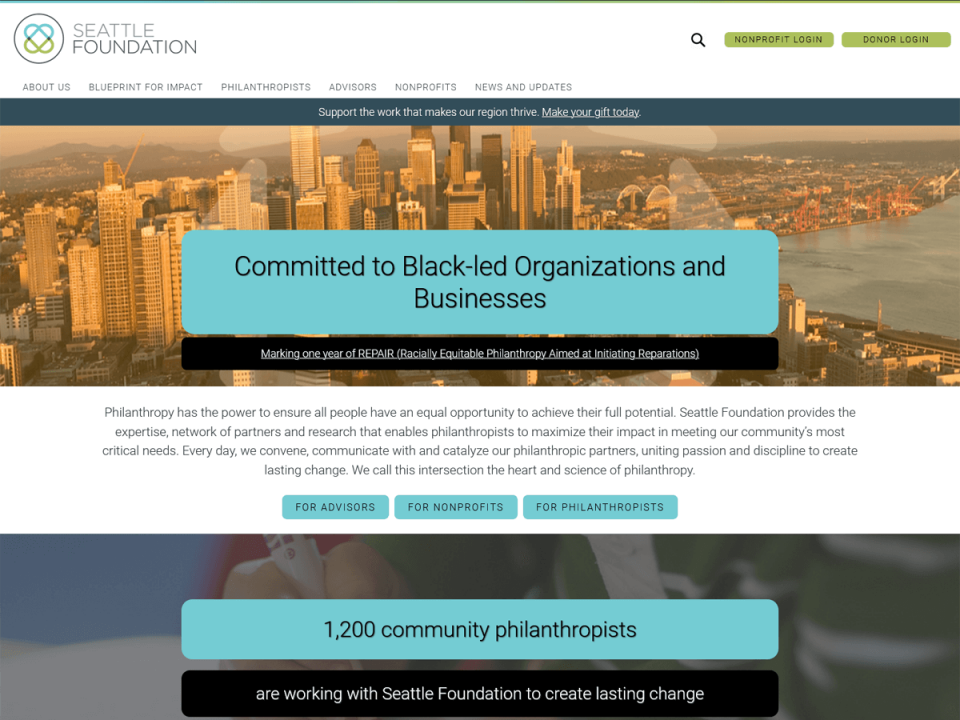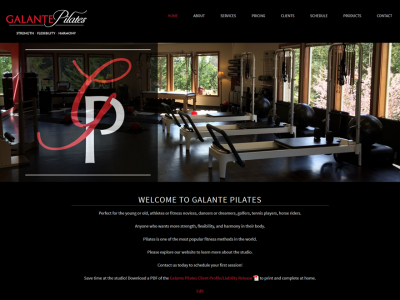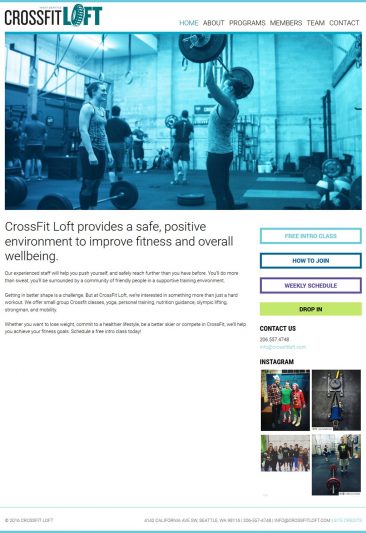Committed to Accessible WordPress Websites for Nonprofits
This project involved cloning the existing Seattle Foundation visual layout and design from a website powered by Sitecore into a new more accessible, performance-optimized site powered by a WordPress Content Management System.
Foundation staff wanted a CMS that was simpler and easier to maintain. Project challenges included poorly structured Sitecore-exported XML data files, a low contrast color palette, and a short timeline. Content management was the primary dependency for the new website launch, since hundreds of posts needed to be migrated.
The site is working great! We love it and you did a fantastic job.
Jason Jystad, IT Operations Director
Scope of Work
- Accessibility Consulting
- Database Content Migration
- Performance Optimization
- WordPress Theme Development
Performance
Mobile speed index improved 69%, from ~9.5 to 2.5 seconds [source: WebPageTest]. This was achieved by reducing overall homepage size 89% – from 5.7 Mb to 639 Kb, and significantly reducing Javascript 95% – from 2.2 Mb to 112 Kb. Overall, web server requests, the primary contributor to slow page loads, decreased 49%. Finally, DNS management was moved to a Cloudflare CDN for better performance, redundancy and security.
Accessibility
Improvements include higher contrast colors to better adhere to Web Content Accessibility Guidelines (WCAG); increased font sizes; a navigation skip link; and removal of auto-rotating content sliders.
Before & After Performance Comparison
| Performance Metric | former Sitecore CMS homepage (Nov 2022) |
New WordPress homepage (December 2022) |
| Google Lighthouse: Accessibility | 87/100 | 100/100 |
| Google Lighthouse: Best Practices | 75/100 | 92/100 |
| Google Lighthouse: Mobile Speed | 46/100 | 79/100 |
| Google Lighthouse: Desktop Speed | 60/100 | 99/100 |
| Google Lighthouse: Search Engine Optimization | 83/100 | 93/100 |
| WebPageTest Speed Index | 9.468 | 2.473 |
| Total Homepage File Size | 5.733 Mb (3.01 Mb Images + 2.2 Mb Scripts + 398Kb CSS + 162 Kb Fonts + 67 Kb HTML) | 639 Kb (302 Kb Images + 112 Kb Scripts + 69 Kb CSS + 150 Kb Fonts + 21 Kb HTML) |
| Total Web Server Requests | 59 (24 Images + 19 Scripts + 8 CSS + 7 Other + 1 HTML) | 30 (8 Images + 3 Scripts + 9 CSS + 3 Other + 1 HTML) |
| Approximate Homepage Load Time (mobile) | ~9.5 seconds | ~2.5 seconds |
WebPage Test Speed Index: median = ~3.591; top 10% = <1.388
In 2021, the average page size = ~2.4 Mb and median page size = ~2.1 Mb.
Database-driven websites, like WordPress, are more performance optimized when server requests are < 40 – 60.
Seattle Foundation manages over $1 billion in philanthropic investments. 2022 marks the 1-year anniversary of the Foundation’s REPAIR initiative (Racially Equitable Philanthropy Aimed at Initiating Relationships), with a minimum investment of $25 million to Black-led organizations around Seattle; and its Center for Community Partnerships striving to achieve greater racial and economic equity in the region. The Foundation also incubated SkillUp Washington – a workforce funders collaborative connecting employers, post-secondary training and low-income adults.
WordPress Theme Development: Scott Marlow





You must be logged in to post a comment.